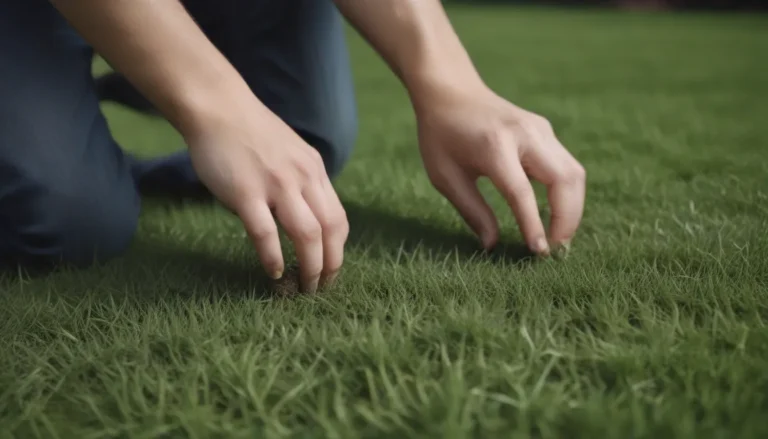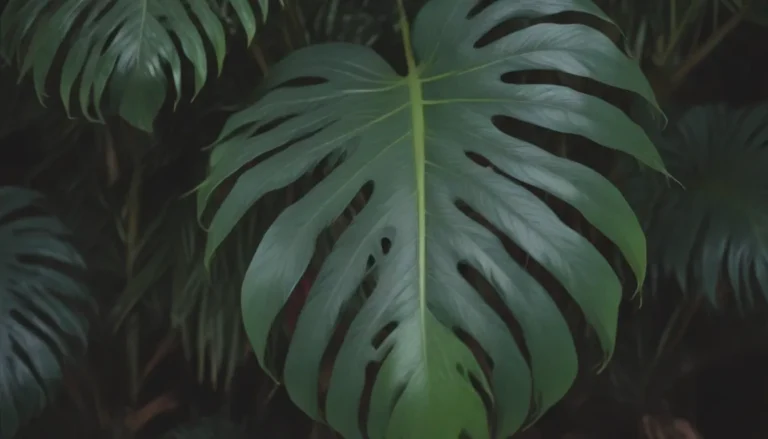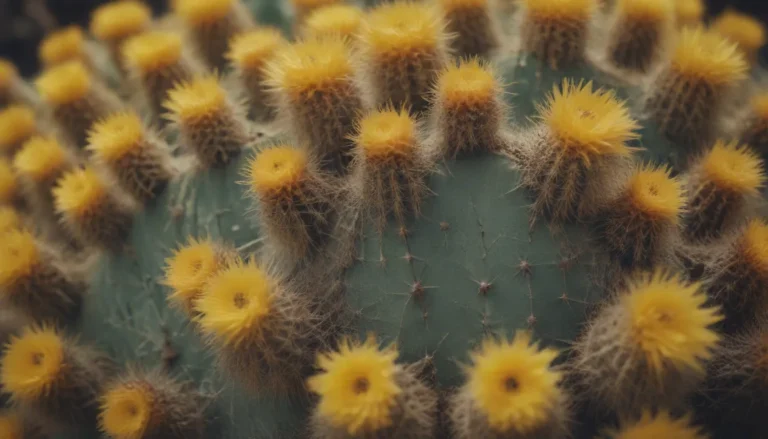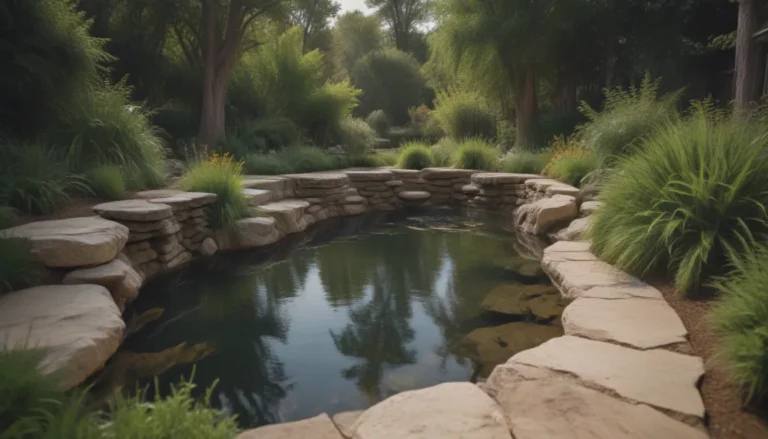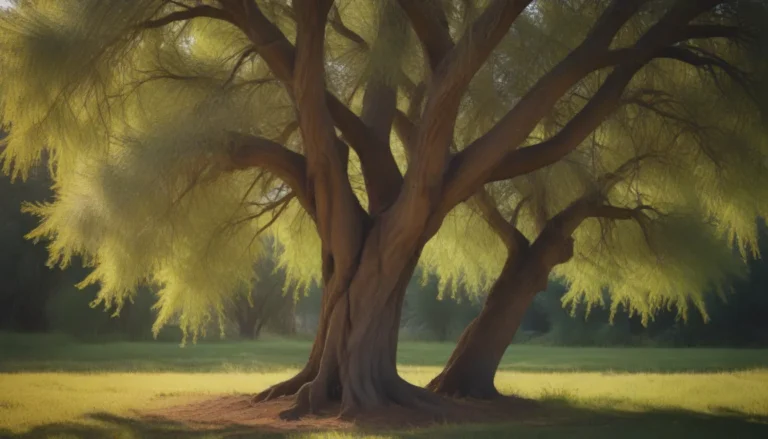Complete Guide on Growing and Caring for Cherry Tree Bonsai

Are you a bonsai enthusiast looking to add a touch of elegance to your collection? Cherry tree bonsai might just be the perfect choice for you! With their stunning blossoms and delicate foliage, these miniature cherry trees are a favorite among hobbyist growers and bonsai lovers alike. In this comprehensive guide, we’ll walk you through everything you need to know about growing and caring for cherry tree bonsai to ensure they thrive and flourish in your care.
Why Choose Cherry Tree Bonsai
Before we dive into the nitty-gritty of cherry tree bonsai care, let’s explore why these miniature cherry trees are such a popular choice for bonsai enthusiasts:
- Cherry trees adapt well to pruning and training, making them an ideal candidate for bonsai cultivation.
- The Japanese flowering cherry variety, in particular, is associated with the stunning cherry blossoms that symbolize the beauty and transience of life in Japanese culture.
- Cherry tree bonsai can be planted in spring, allowing them the entire growing season to adapt to their new pot.
Cherry Tree Bonsai Care Tips
When it comes to caring for your cherry tree bonsai, there are a few essential tips to keep in mind to ensure their health and vitality:
Light
- Cherry tree bonsai thrive in partial sun and should be protected from full sun conditions to prevent leaf and bloom burn.
- Look for a location that receives dappled morning and evening light, but is shielded from the harsh afternoon sun.
Soil
- Opt for a commercially available bonsai soil that provides adequate drainage and contains slightly acidic pH levels between 5.5 and 6.5.
- Proper soil composition is crucial for the overall health and growth of your cherry tree bonsai.
Water
- Keep your cherry tree bonsai in consistently moist soil, but ensure it is never waterlogged.
- Use distilled water for watering to prevent any potential harm from hard tap water.
- Allow the top inch of soil to dry slightly between waterings, adjusting watering frequency based on the season and growth cycle.
Temperature and Humidity
- Cherry tree bonsai prefer warm spring and summer temperatures, cool winters, and moderate humidity.
- While they are somewhat frost-tolerant, protect them from harsh winter conditions to ensure their well-being.
Fertilizer
- Feed your cherry tree bonsai with a balanced fertilizer every two weeks during the growing season (spring and summer).
- Adjust the frequency of fertilizing based on the age of the tree, with older trees requiring less frequent feeding.
Popular Cherry Tree Bonsai Varieties
In addition to the Japanese flowering cherry variety, there are other popular cherry tree types that can be cultivated as bonsai:
- Yoshino cherry
- Japanese alpine cherry
- Fuji cherry
- Higan cherry
Each variety offers its unique aesthetic and characteristics, allowing you to choose the perfect cherry tree bonsai for your collection.
Pruning and Shaping
Regular pruning and shaping are essential for maintaining the health and visual appeal of your cherry tree bonsai:
- Wait until after blooming season to commence pruning, typically in the summer months.
- Pinch back fresh shoots to encourage branching, reserving heavy pruning for the winter months.
- Be cautious not to over-prune, as it may impact the following year’s bloom potential.
Propagating Cherry Tree Bonsai
Ready to expand your bonsai collection? You can propagate a cherry tree bonsai from a cutting in the spring or summer, allowing you to grow your miniature cherry tree family.
Potting and Repotting
Provide your cherry tree bonsai with the proper potting and repotting care to ensure their continued growth and development:
- Repot every two years for younger trees, and every three to five years for older specimens.
- Choose a bonsai pot that complements the tree’s appearance, provides adequate drainage, and restricts root growth.
- After repotting, protect your cherry tree bonsai in a partially sheltered location until it becomes established.
Overwintering Techniques
While Japanese flowering cherries are hardy, potted cherry tree bonsai require extra care during the winter months:
- Insulate the container with burlap, bubble wrap, or an insulating sleeve to protect the roots from cold temperatures.
- Ensure your cherry tree bonsai remains healthy and thriving throughout the colder seasons with proper overwintering techniques.
Common Pests and Diseases
As with any plant, cherry tree bonsai are susceptible to pests and diseases that can impact their health:
- Keep an eye out for common pests like scale insects, spider mites, and aphids, which can be removed with a strong spray of water.
- Watch for diseases such as leaf spots, dieback, powdery mildew, and root rot, taking preventative measures to maintain your tree’s well-being.
Troubleshooting Blooming Issues
If your cherry tree bonsai fails to bloom or produces few flowers, consider the following factors:
- Over-pruning may have inadvertently removed flower buds, affecting the tree’s blooming potential.
- Strike a balance between shaping the tree and preserving enough flower buds to enjoy a beautiful bloom.
Addressing Common Cherry Tree Bonsai Problems
While cherry tree bonsai are relatively resilient, they may encounter issues like bark splitting or insect infestation:
- Regular monitoring and attentive care can help you identify and address problems promptly, ensuring your tree’s longevity.
- Remember that cherry trees thrive outdoors, requiring sunlight and proper environmental conditions for optimal growth and blooming.
Conclusion
In conclusion, growing and caring for cherry tree bonsai can be a rewarding and fulfilling experience for any bonsai enthusiast. By following the tips and guidelines outlined in this comprehensive guide, you can ensure that your miniature cherry trees thrive and bloom beautifully in your care. With patience, dedication, and a love for the art of bonsai cultivation, you can create a stunning collection of cherry tree bonsai that will bring joy and beauty to your home or garden. Happy growing!
